While wondering through the Tate Gallery in London many years ago lavishing myself on a feast of paintings by William Turner I came across a small note book of his, secured within a glass cabinet in a less than conspicuous corner of the foyer. It was not dissimilar to a school boy's exercise book and it was filled with small and delicate watercolours of the sky. The curators comment indicated over 700 individual images were recorded by Turner.
He used these as templates for his larger paintings, possibly reminding himself of another day when the sky was more to his liking or better suited to the scene at the end of his brush.
This discovery brought home two important points as a photographer: one must always pay attention to the sky, and the available sky isn't always the one best suited for the photograph in mind.
So, as photographers, how can we best take advantage of what we have so that our landscapes are canopied by the best piece of atmosphere available?
One way is, after you have assessed the sky for its features (clouds, colour, rain sheets, wildlife, etc) consider how much you want to include. If it is a strong feature of the landscape and provides the required mood, include lots of it by dropping your horizon. Don't be too concerned about any ‘rule of thirds'; just go with what looks good.
If its a less dominant feature you may wish to reduce its impact by raising your horizon or removing any evidence of the sky entirely.
It's then worth looking at the exposure. Measure the light from the sky and compare it to the foreground. Strange as it may seem, the cloudy days will produce the greatest difference in exposure between foreground and sky. On a cloudy day, expose for the sky and use some means (fill flash for close things and ND graduated filter or fill adjustment in post-processing for distance) of exposing the darker foreground.
Sometimes it's even worth taking two shots at different exposures (one for the sky and one for the foreground) and blending them in post-processing. Just keep an eye on the histogram – you still want that graph to stay within the range of the camera.
Consider your depth of field for impact. This is another way of shifting emphasis in your photograph and can be quite effective when dealing with the sky. A sharply focussed sky works brilliantly with those broad panoramas but with the closer work, try a softer focus on the sky for a dramatic backdrop.
If you like to play around with slow shutter speeds to create a sense of movement, get out when its windy and the clouds are moving low and fast. You can slow down your shutter speed during daylight hours using an ND filter. You might need one that takes you down about 6-10 stops to get the desired effect. Don't forget your tripod and a bag of sand (to hang from the tripod so it won't blow away in the gale).
If you don't like going out in the cold, you can always do some movement blur in PS. Some may consider this cheating. You can't please everyone. At least you'll be warm.
If the sky you want isn't available, do what Turner did; make a collection of great skies and paste them in to your landscapes in PS. More cheating? Have a look at Camille Silvy's ‘River Scene' from 1858. Photographers have been ‘cheating' for a long time.
Whether it's a dark, stormy, cloud-covered sky or a panorama of pure blue, the sky is an important component of landscapes and should be given the treatment it deserves.
One other thing. Looking at the sky will help you with keeping your kit dry. Before leaving home stick your head out the window and have a look. It's low tech weather forecasting but it works.
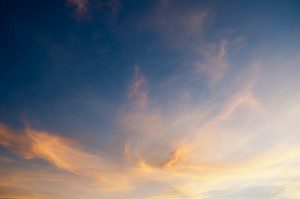
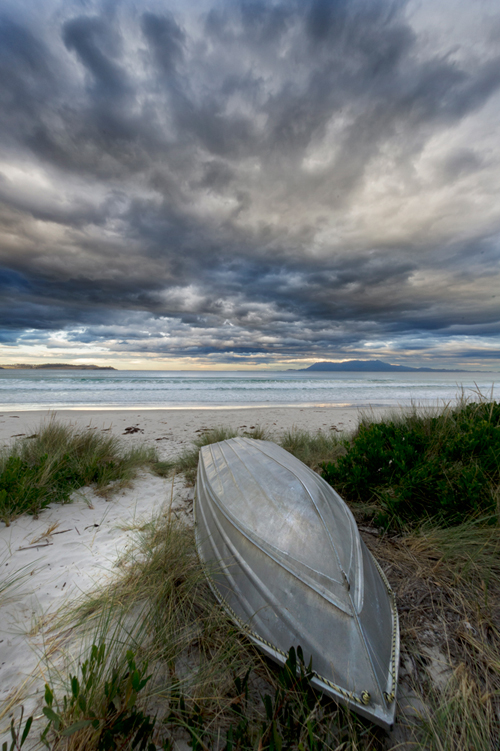
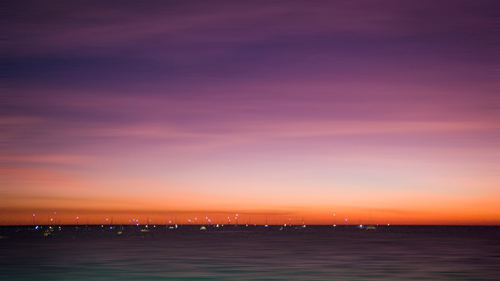
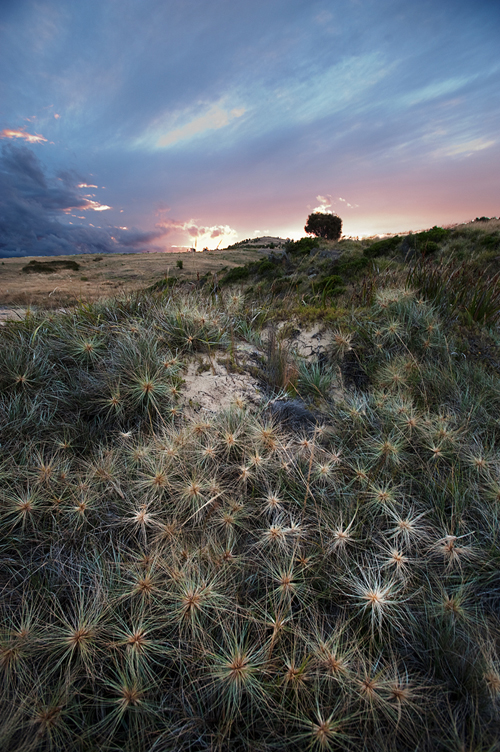
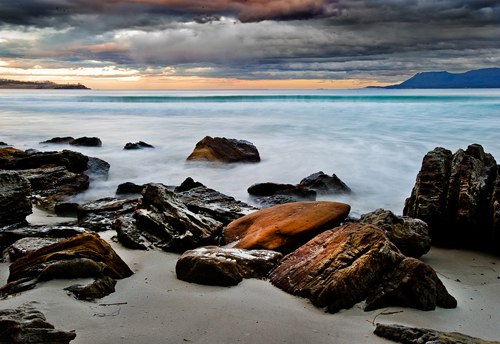
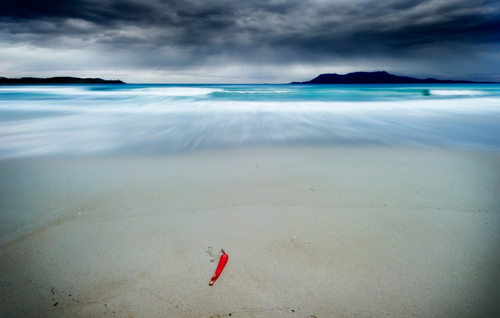
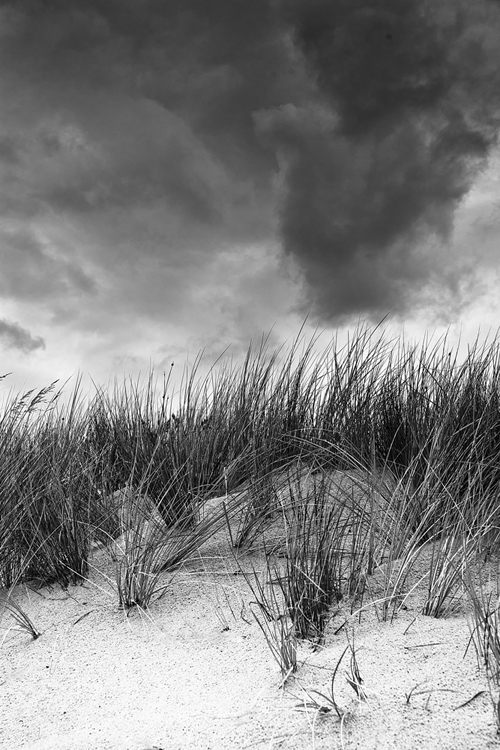
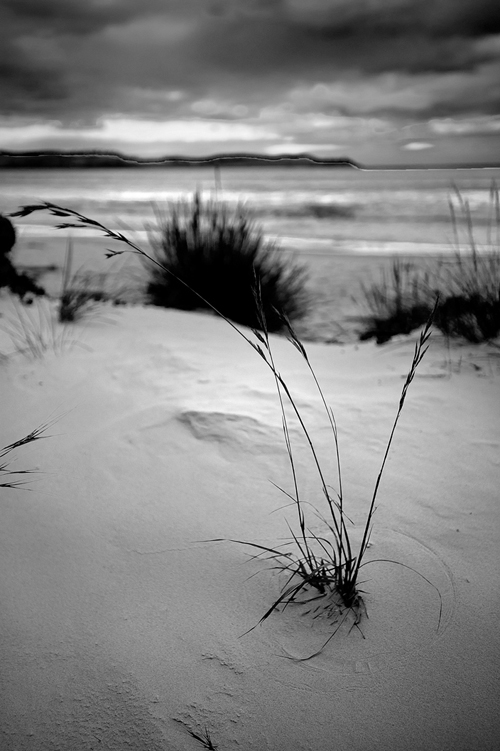
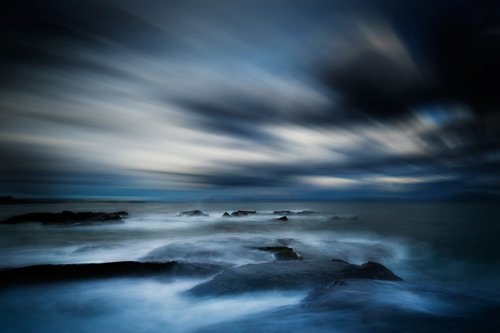
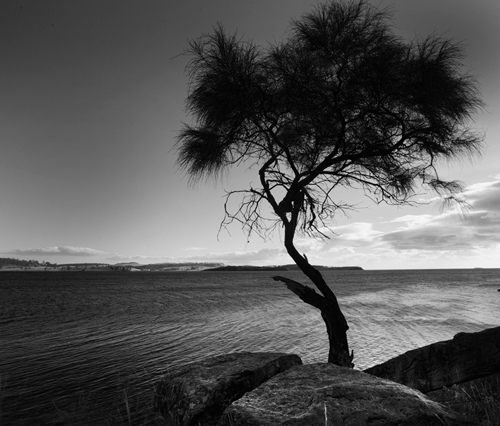
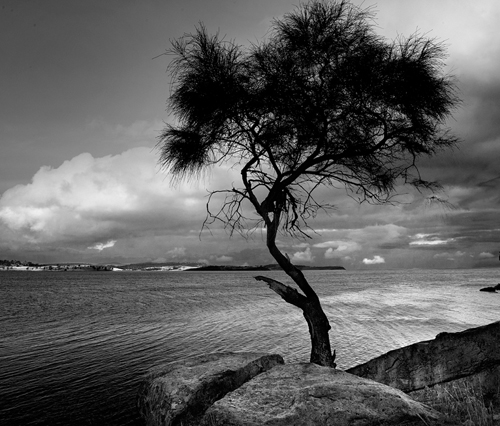
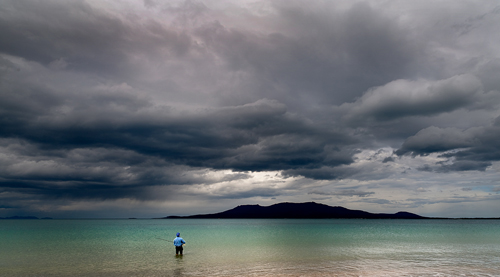
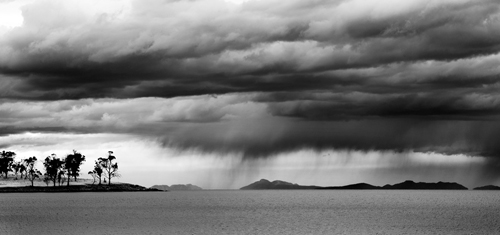



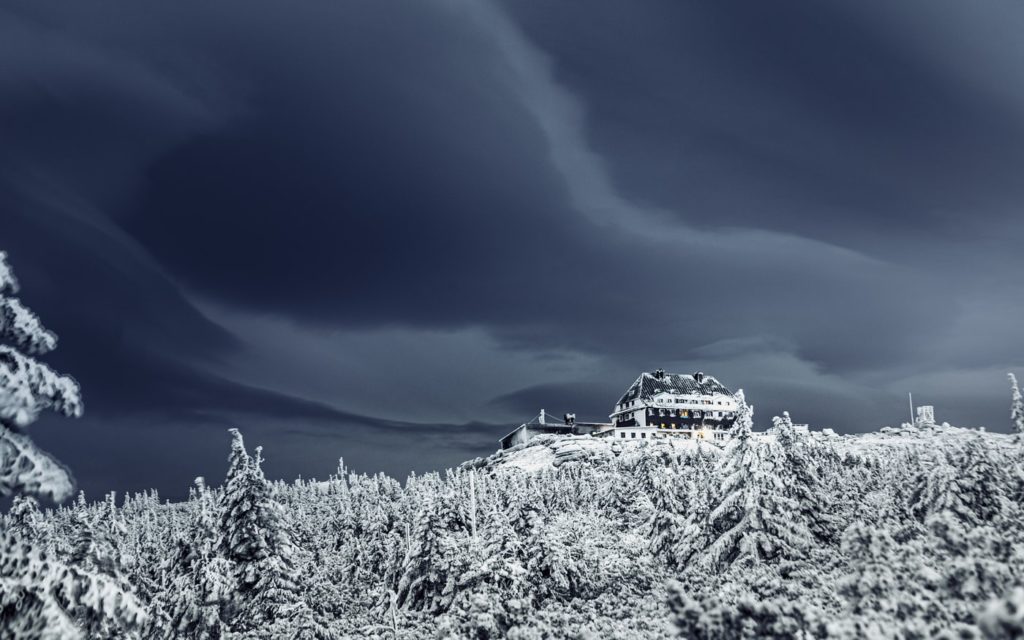

12 Comments
Great article and great advice. Much thanks. I inadvertently got some great moving cloud images while trying to shoot a full moon last night with a very slow shutter. The pictures were terrible, but the idea it gave me was great, and this reinforced it!
I’m not sure if this is what you meant or not, but in the part about Camille Silvy it is implied that the black and white photos below are his 1858 “River Scene”. Either I’m misinterpreting or you didn’t know, but those are definitely not his photos.
All photos are mine, Ren otherwise I would need to credit the photographer. Yes, you did misinterpret. Sorry about that.
good tips…
Thanx – great finesse
as these pictures clearly demonstrate the sky offers a stunning backdrop to any picture and can give a beautiful and dramatic feel to even the most normal scene
very pretty, I always enjoy these
Absolutely beautiful shots Tom and excellent article as ever. Difficult to choose a favourite, though I am attracted to _DSC8688 because of the striking foreground interest too.
I haven’t tried taking 2 exposures much – I always seem to get left with a halo, so usually try HDR (which doesn’t always work if I’m trying for a natural look).
My ones success:
Thanks Tom for the article and confirming what I’ve felt for years. The sky is an important element in some photos that can make or break it. Sometimes it’s perfect, sometimes it needs a little help, and other times it needs total replacement. The image of Camille Silvy’s ‘River Scene’ from 1858 is a perfect example of what has been going on for decades and a perfect comeback for those who say it isn’t natural because you replace the sky in any manner. Who is to say what is or what isn’t natural. It is what I saw in my mind’s eye and I work to create that image, just like the photographer’s 1858 image. Most of the time I am a bracketing fanatic and will bracket 9 full F-stops to get the full range of light to dark areas. I’m a firm believer in using HDR but not have it look like a stereotype HDR look. Using layers is important in any correcting of issues especially the sky. Carolann, try bracketing more than two images and keep practicing at HDR to get it to look natural. If you’d like to see some of my images they are at bencarlsonphotography.com. Thanks for listening to my ramblings.
Useful and informative. I liked it!
Great article with some beautiful images
Love the images, shot a lot of sky this morning, had not read the artcle just looked at the pictures, will slow the shutter down next time.